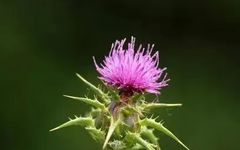
 Introduction to Cang Zhu (Atractylodes)01
Introduction to Cang Zhu (Atractylodes)01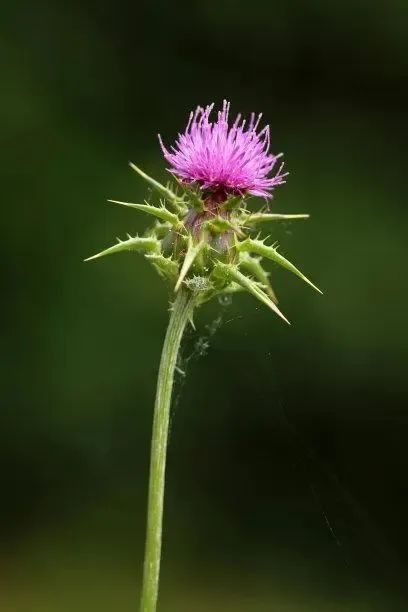
Cang Zhu (Atractylodes) refers to the dried rhizome of the perennial herbaceous plants, Atractylodes macrocephala or Atractylodes lancea. Atractylodes macrocephala is irregularly bead-shaped or nodule-shaped, slightly curved, occasionally branched, measuring 3-10 cm in length and 1-2 cm in diameter. The surface is gray-brown, with wrinkles, transverse grooves, and residual fibrous roots, and the top has stem scars or remnants of the stem base. The texture is solid, with a yellowish-white or grayish-white cross-section, scattered with numerous orange-yellow or reddish-brown oil chambers, which can produce white needle-like crystals upon prolonged exposure. It has a distinctive aromatic scent and a slightly sweet, spicy, and bitter taste. Atractylodes lancea is lump-like or nodule-shaped, measuring 4-9 cm in length and 1-4 cm in diameter. The surface is black-brown, turning yellow-brown when the outer skin is removed. The texture is relatively loose, with yellow-brown oil chambers scattered in the cross-section. Its aroma is milder, with a spicy and bitter taste. The former is mainly produced in Jiangsu, Hubei, and Henan provinces, with the best quality coming from the Maoshan area in Jiangsu, hence the name Atractylodes macrocephala. The latter is mainly produced in Inner Mongolia, Shanxi, and Liaoning provinces. Harvesting can occur in both spring and autumn, with autumn harvests being preferred. After digging up the rhizomes, residual stems, fibrous roots, and soil are removed, and they are dried. They can be sliced and used raw, stir-fried with bran, or stir-fried with rice wash.
 Effects, Applications, and Contraindications02
Effects, Applications, and Contraindications02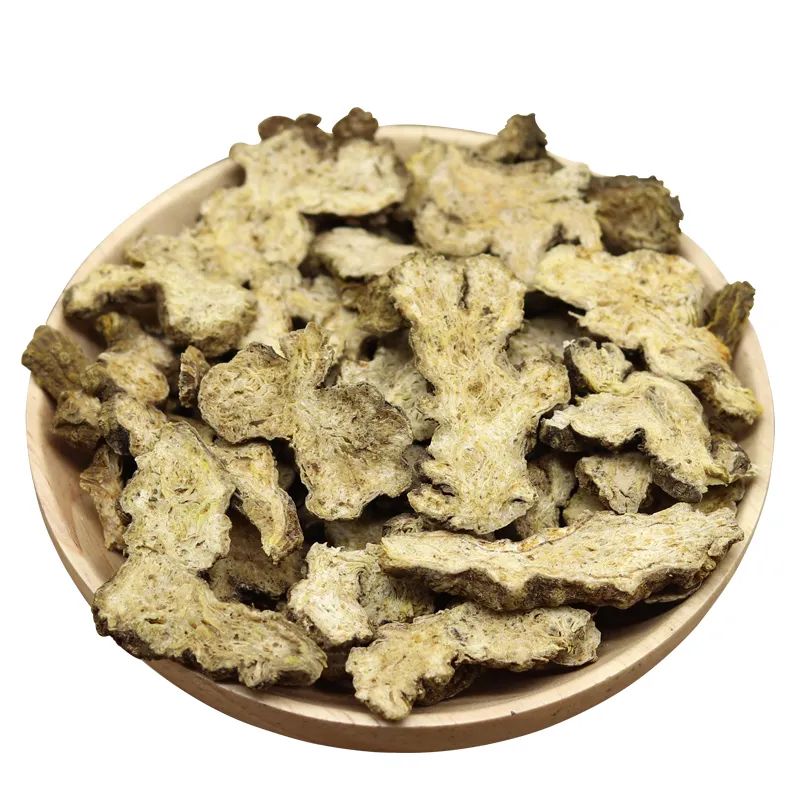
【Alias】Shan Jing, Chi Zhu, Ma Ji, Qing Zhu, Xian Zhu, Mao Zhu, Dong Cang Zhu.
【Properties】Spicy, bitter, warm. Enters the Spleen, Stomach, and Liver meridians.
【Effects】Dries dampness, strengthens the Spleen, dispels wind, and scatters cold.
【Applications】
1. Damp obstruction in the middle Jiao: This herb is bitter and warm, drying dampness to dispel turbid phlegm, and its spicy aroma strengthens the Spleen to harmonize the Spleen and Stomach. It is most suitable for symptoms of damp obstruction in the middle Jiao, such as abdominal distension, nausea, reduced appetite, vomiting of bitter and sour gastric fluid, diarrhea, fatigue, and a white greasy tongue coating. It is often combined with Hou Po (Magnolia Bark) and Chen Pi (Aged Tangerine Peel), as in Ping Wei San (Ping Wei Powder, from the Formulary of the Bureau of Medical Administration). If there is Spleen deficiency with damp accumulation, leading to phlegm retention or external edema, it can be used with Fu Ling (Poria), Ze Xie (Alisma), and Zhu Ling (Polyporus), as in Wei Ling Tang (Wei Ling Decoction, from the Guidelines for Diagnosis and Treatment). If there is damp-heat or summer-damp syndrome, it can be used with heat-clearing and damp-drying herbs.
2. Wind-cold with damp exterior syndrome: This herb is spicy and aromatic, capable of opening the skin and promoting sweating, dispelling wind-cold from the exterior. It is most suitable for wind-cold exterior syndrome with dampness. It is often used with Qiang Huo (Notopterygium) and Bai Zhi (Angelica Dahurica), as in Shen Zhu San (Shen Zhu Powder, from the Taiping Huimin Heji Fang). If there is damp-heat descending, causing swelling and pain in the knees and feet, it should be combined with Huang Bai (Phellodendron) for cold and warm use, as in Er Miao San (Er Miao Powder).
3. Wind-damp Bi syndrome: This herb is spicy and drying, excelling at dispelling dampness, making it particularly suitable for Bi syndrome with dampness predominating. It can be used with Yi Yi Ren (Job’s Tears) and Du Huo (Angelica Pubescens), as in Yi Yi Ren Tang (Yi Yi Ren Decoction, from the Classification of Patterns and Treatments). If there is damp-heat Bi pain, it can be combined with Shi Gao (Gypsum) and Zhi Mu (Anemarrhena) to clear heat and drain fire, as in Bai Hu Jia Cang Zhu Tang (Bai Hu Decoction with Cang Zhu, from the Comprehensive Practical Formulary), or with Huang Bai, Yi Yi Ren, and Niu Xi (Achyranthes) for damp-heat atrophy syndrome, as in Si Miao San (Si Miao Powder, from the Convenient Reading of Formulas). If used with Long Dan Cao (Gentiana), Huang Qin (Scutellaria), and Zhi Zi (Gardenia) for heat-clearing and damp-drying, it can treat lower body dampness, leukorrhea, damp sores, and eczema.
Additionally, this herb can brighten the eyes and is used for night blindness and blurred vision. It can be used alone or steamed with lamb liver or pig liver for consumption.
【Dosage】Decocted, 3-9 g.
【Precautions】Contraindicated in those with Yin deficiency and internal heat, or Qi deficiency with excessive sweating.
【Incompatible foods】Cang Zhu should not be consumed with green fish, peaches, or plums, as it may cause adverse reactions. Additionally, Cang Zhu has a certain blood sugar-lowering effect and should not be taken with hypoglycemic medications to avoid excessively low blood sugar and dizziness. Furthermore, Cang Zhu has a sedative effect, which can enhance spinal reflexes, and should not be taken with sedatives to avoid respiratory paralysis.
 Legends of Cang Zhu03
Legends of Cang Zhu03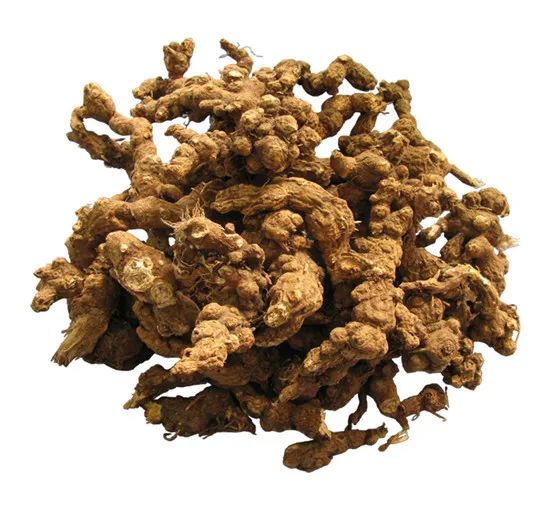
Once there was a scholar named Xu, a title given to the renowned physician Xu Shuwei of the Song Dynasty. It is said that in his youth, Xu was exceptionally diligent, studying until late at night before going to bed. He had a habit of drinking alcohol before sleep, perhaps influenced by the saying, “A sip of wine before bed can add years to your life!” This habit persisted for 30 years, gradually leading to an addiction to alcohol. After a few years, he often felt gurgling in his stomach, pain in his side, reduced appetite, and would vomit bitter and sour gastric fluid every ten days or so. In summer, only his right side would sweat, while the left side would not. What kind of strange illness was this?
Xu Shuwei himself did not know. He sought treatment everywhere, but despite consulting famous doctors, he found no relief, which caused him great distress. Finally, he abandoned the belief that “a doctor cannot treat himself” and began to save himself. He carefully analyzed and studied his condition, believing that his illness was primarily caused by “damp obstructing the stomach.” Therefore, according to his academic principle of “using precise medication,” he selected Cang Zhu as the main herb, using 500 g of Cang Zhu powder, 50 dates, and 25 g of raw sesame oil to make small pills, taking 50 pills daily. He gradually increased the dosage to 100-200 pills per day. He avoided peaches, plums, and sparrow meat. After three months of treatment, he was cured. This demonstrates the function of Cang Zhu in drying dampness and strengthening the Spleen.
Some materials sourced from the internet
Professional Review| Xiao Zhiyong, Deputy Chief Chinese Medicine Pharmacist
Illustration and Text | Zhong LanhuaEditor Zhong LanhuaReviewed by| Shen Xiao Xian
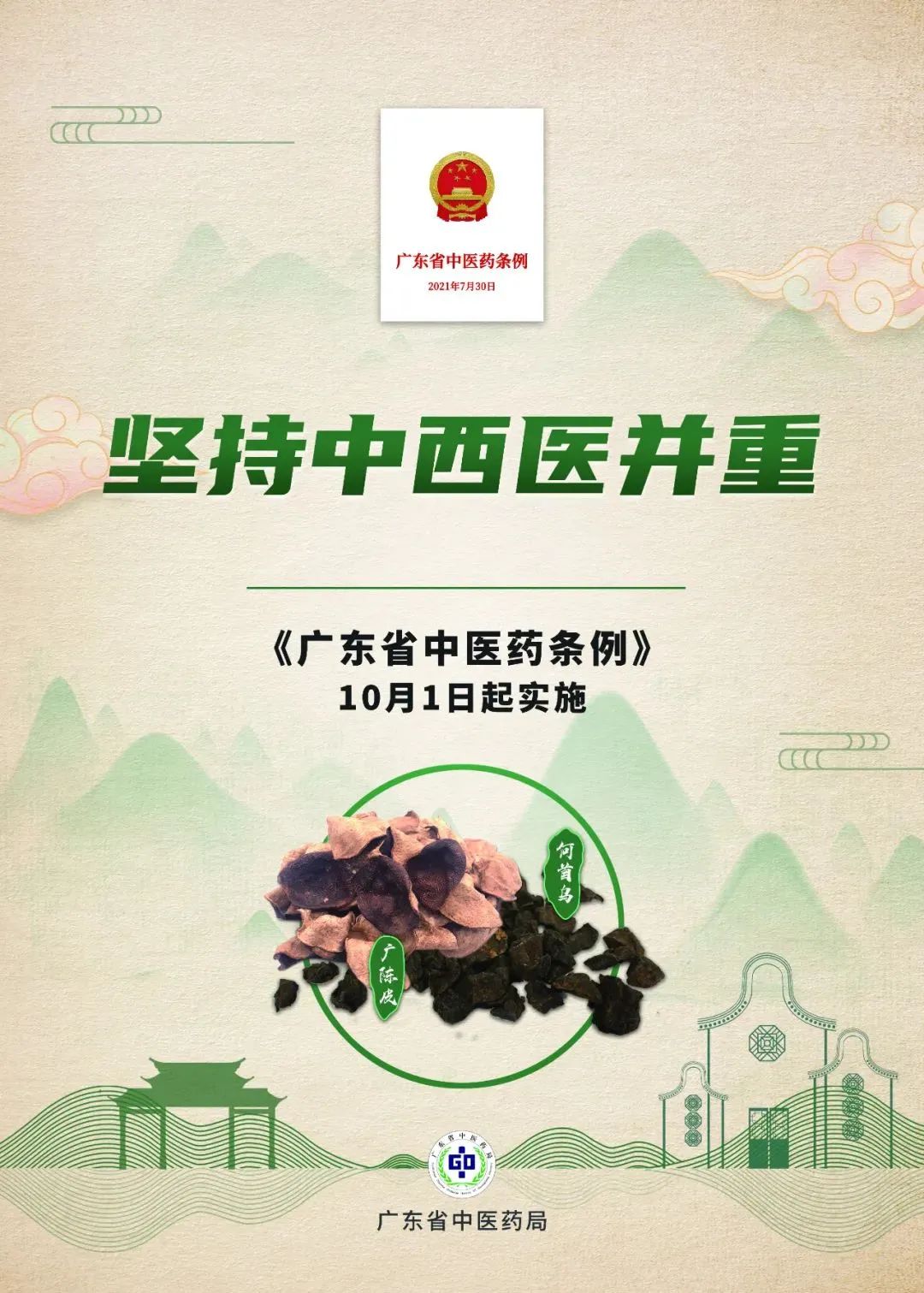
United Against the EpidemicWith YouScan to Make an Appointment
 Ren’ai Hezhi Jingqin Chengjin
Ren’ai Hezhi Jingqin Chengjin

